Early Fall Gardening Q & A
Early Fall Gardening Q & A
September Pruning, Transplanting, Soil Health, and Poison Ivy
Fall is the best time to be in a Cape Cod garden. We typically have sunny days that aren’t too humid or hot, and a long stretch of good weather ahead for plants to continue to shine. It’s a good time to put new things into the ground, tend existing plants, and improve the growing conditions for next year. It’s also the time when our customers come into the store with questions.
Q. Can I prune my shrubs now?
A. The answer to this question depends on which shrubs you’re talking about. Hedges – especially yews and privet – are traditionally sheared now so that the new growth from the summer is removed. Other shrubs can be “tweaked” if a random branch or limb needs to be removed. But it’s too late to prune spring-flowering shrubs such as lilacs, azaleas or viburnum without removing the flowers for next year. Although other evergreens such as holly, white pine or junipers can be pruned now, many people wait until late November or early December so that the greens they remove can be used for winter or holiday decorating.
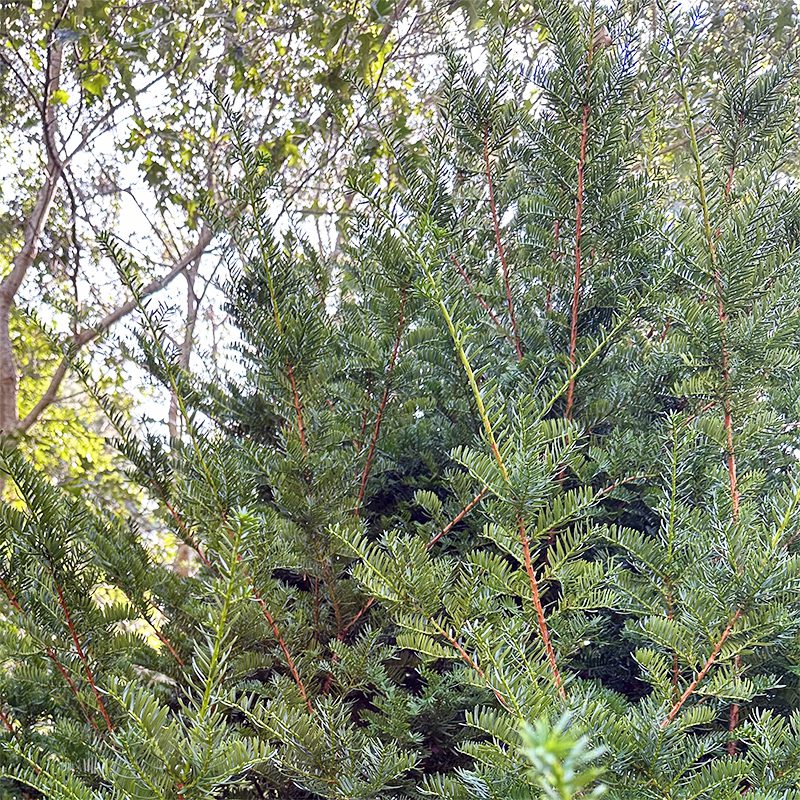
All questions about pruning will be answered in C.L. Fornari’s virtual seminar on October 15th. See registration information here.
Q. Can I cut off wilted blue Hydrangea flowers or stems now?
A. While some blue hydrangeas such as Endless Summer are just forming a few flowers on new stems, others have wilted blooms or dead canes left from last winter’s cold temperatures. You can always remove bare, dead stems at any time, so go ahead and cut those this fall. You can also clip off any browned flowers that got sunburned or wilted earlier; just be sure to clip them off just below the flower. Do not prune any of the living hydrangea canes down now, however, even if the foliage was wilted earlier in the summer. Those stems should have the germ of next summer’s flowers on them, and cutting them back in any way will mean you’ll have fewer flowers next year.
White flowering hydrangeas such as Annabelle or any of the panicle types (Lime Light, etc.) should get pruned next spring, but you can clip off browned flowers now if desired. Note that if the flowers are just aging into the “antique colors” instead of brown, you might want to pick them for dried bouquets.
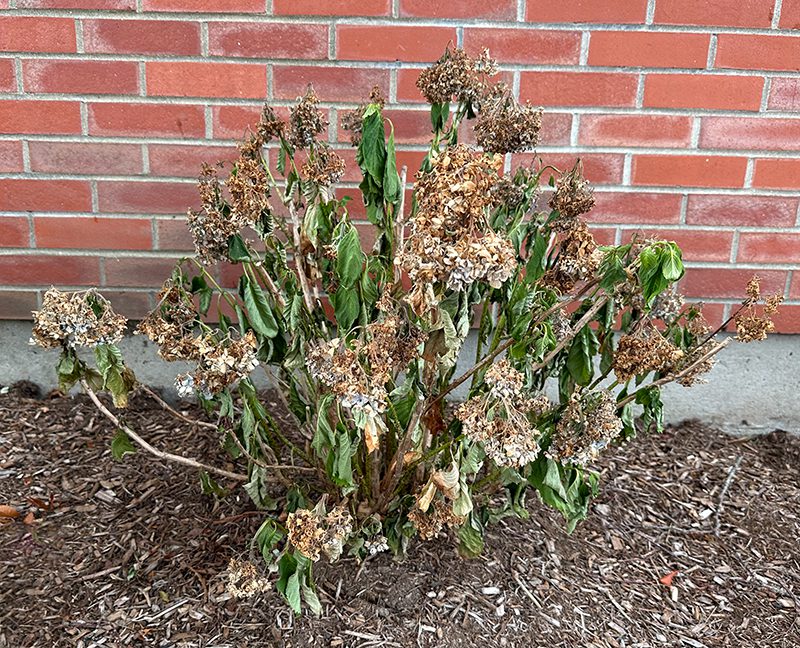
Q. I need to move some shrubs and perennials. Is now a good time?
A. Early September is the perfect time to transplant perennials and deciduous shrubs. If you want to move a shrub that keeps its foliage it’s better to wait until early spring if possible. Any plant that is moved in the fall should be watered deeply once a week through October or even November so that the roots can get established well before the coldest part of the winter.
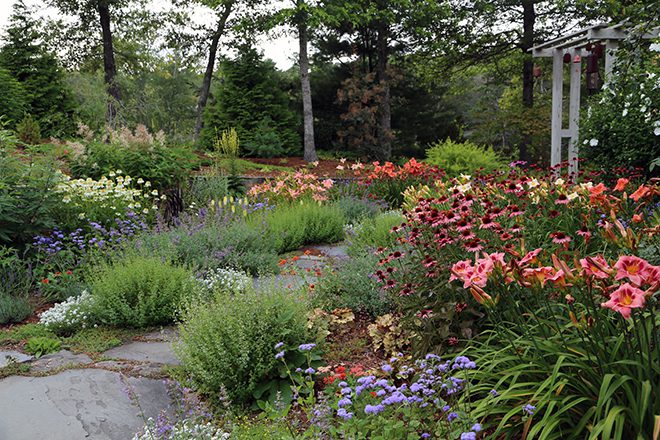
Q. What can I do to improve my soil at this time of year?
A. One of the best ways to keep your soil healthy is with an application of compost in the fall. Whether you need several yards delivered in bulk, or you decide to use some of the bagged compost such as Coast of Maine, spreading an inch on gardens or lawns is the best way to improve soil.
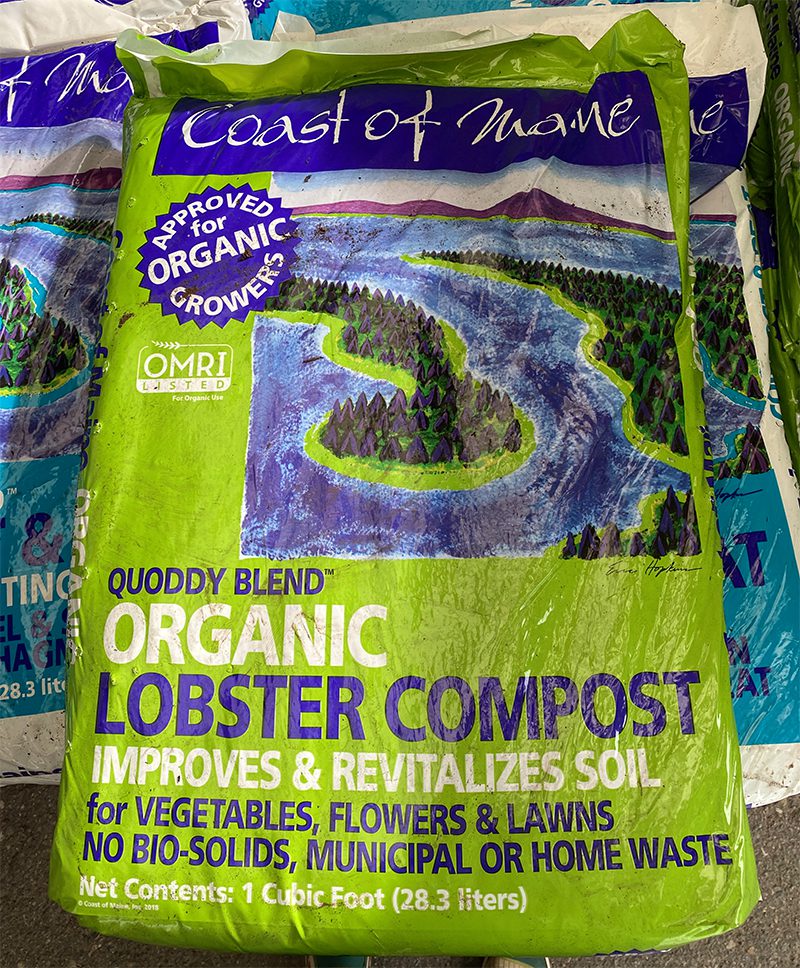
Q. I see many “leaves of three” in my yard…is this poison ivy?
A. Sometimes it can be hard to tell if you’re looking at poison ivy or some other plant that has a similar leaf arrangement. One way to help with your id is to look at the edges of the leaves. The edges on poison ivy are smooth, while many of the other three-leaf plants you see have jagged (aka serrated) edges.
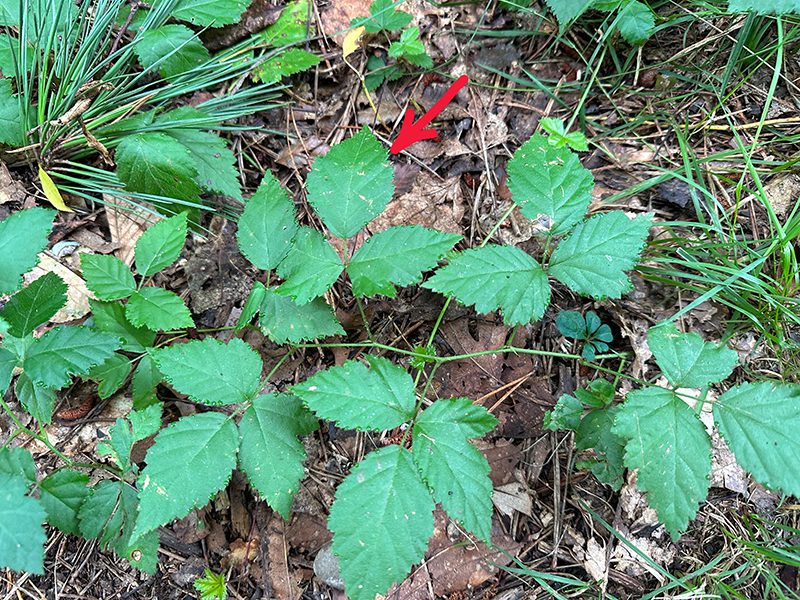
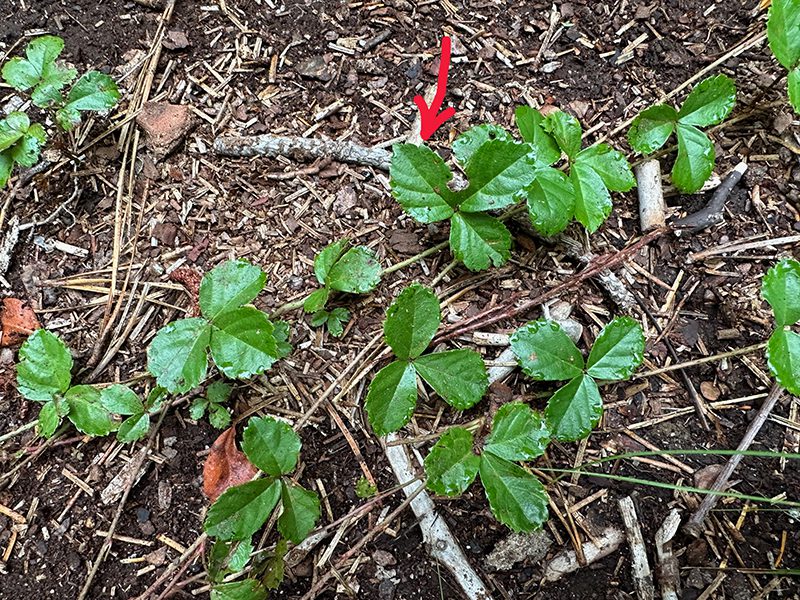
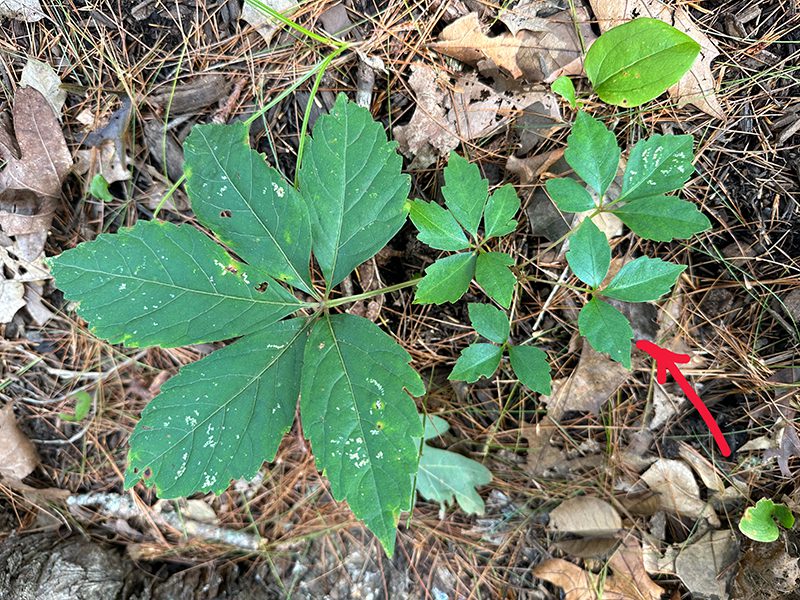
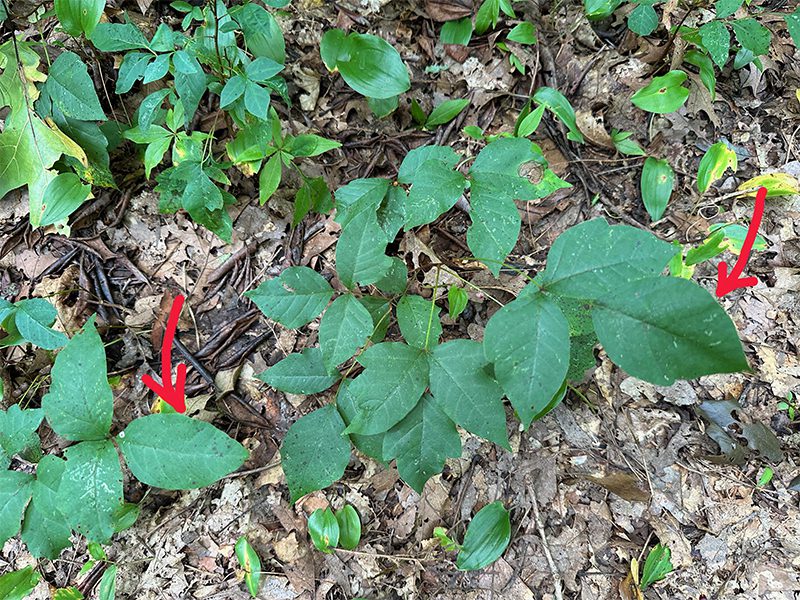
Q. How do I keep my fall mums looking good?
A. Nothing celebrates the autumnal season as well as fall chrysanthemums. These plants provide colorful flowers in September or October, and they don’t mind the cooler temperatures. To keep them looking their best, however, it’s important not to let them dry out to the point of wilting. Whether you keep your mums in a container or plant them in the ground, check them daily, especially if the weather is warm. In Cape Cod’s “Second Summer,” we can have day-time temperatures in the 70’s and even 80’s, and the small root balls the mums have can dry out quickly.
Feel the soil around the plants before watering your mums. If it’s moist, you can wait another day to water. But if the soil feels dry, water the plant well before it has started to wilt. A plant that droops because it’s thirsty will not be attractive as long as one that has been kept hydrated.
If you want your fall-planted mums to possibly return next year, keep them watered through November and don’t cut the stems back this year. In March you can cut off the old stems and flowers, but leaving them through the winter helps the plant to survive.
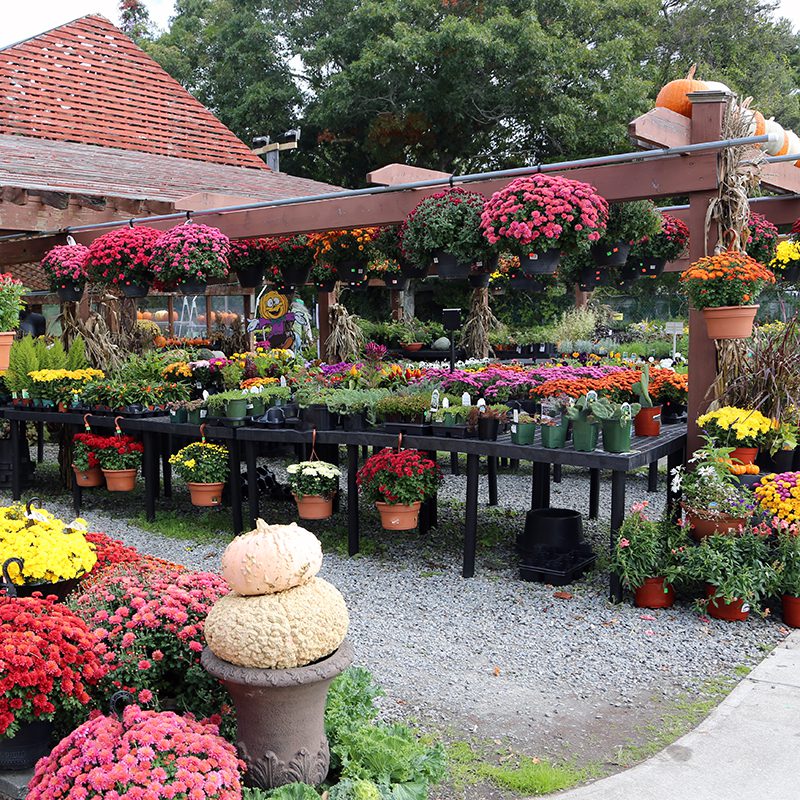
If you have other questions about your plants, come into the store with samples or photos, and we’re happy to assist you.
Subscribe To Our Newsletter
Sign up for our weekly email about sales and events.
